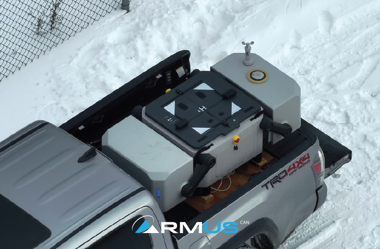
Autonomous robots have been transforming industries for years, and their impact is only expected to grow in the coming years. These robots have the potential to revolutionize manufacturing, inspection, and logistics, among other areas. With their ability to work continuously and tirelessly, these robots can boost efficiency, reduce costs, and increase safety.
One area where autonomous robots are already making a significant impact is inspection. With their advanced sensors and machine learning algorithms, these robots can inspect equipment and infrastructure more thoroughly and accurately than humans can. They can also work in hazardous or hard-to-reach areas without risking human safety.
Another area where autonomous robots are expected to have a significant impact is manufacturing. These robots can work 24/7 without rest, which can help manufacturers increase their production capacity while reducing costs. They can also perform tasks that are too dangerous, dirty, or repetitive for humans, freeing up workers to focus on more complex tasks.
Autonomous inspection robots are also expected to have a significant impact on logistics. With their ability to navigate autonomously, these robots can move goods and materials more efficiently and quickly than traditional logistics methods. They can also operate in environments that are too dangerous or impractical for humans, such as warehouses with hazardous materials or extreme temperatures.
While the benefits of autonomous robots are clear, there are also concerns about their impact on employment. As more companies adopt autonomous robots, some jobs may become obsolete, while new jobs will be created to design, build, and maintain these robots. However, the transition may not be smooth, and it may require a significant investment in retraining and education.
Another challenge facing the adoption of autonomous robots is the need for new regulations and standards. As these robots become more common, there will be a need for regulations to ensure their safety, reliability, and ethical use. There will also be a need for standards to ensure interoperability and compatibility between different robots and systems.
Despite these challenges, the future of autonomous robots in industry is bright. As technology continues to advance and costs continue to decrease, more and more companies are expected to adopt these robots to boost their efficiency, reduce their costs, and increase their safety. With their ability to work continuously and tirelessly, these robots have the potential to transform industries and improve our lives in ways we can't yet imagine.